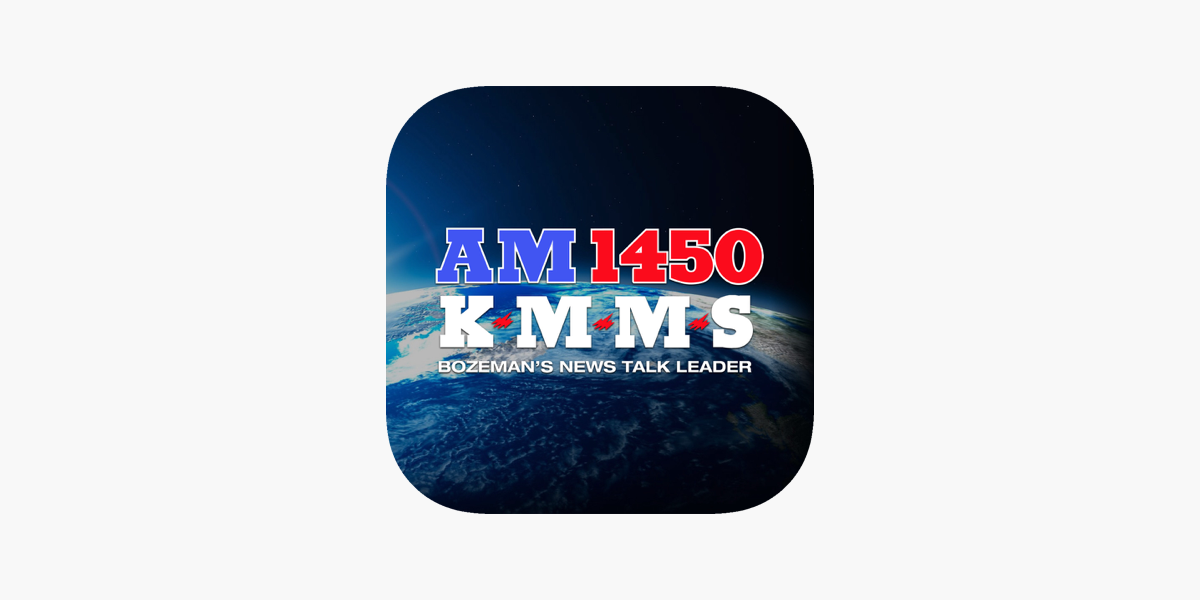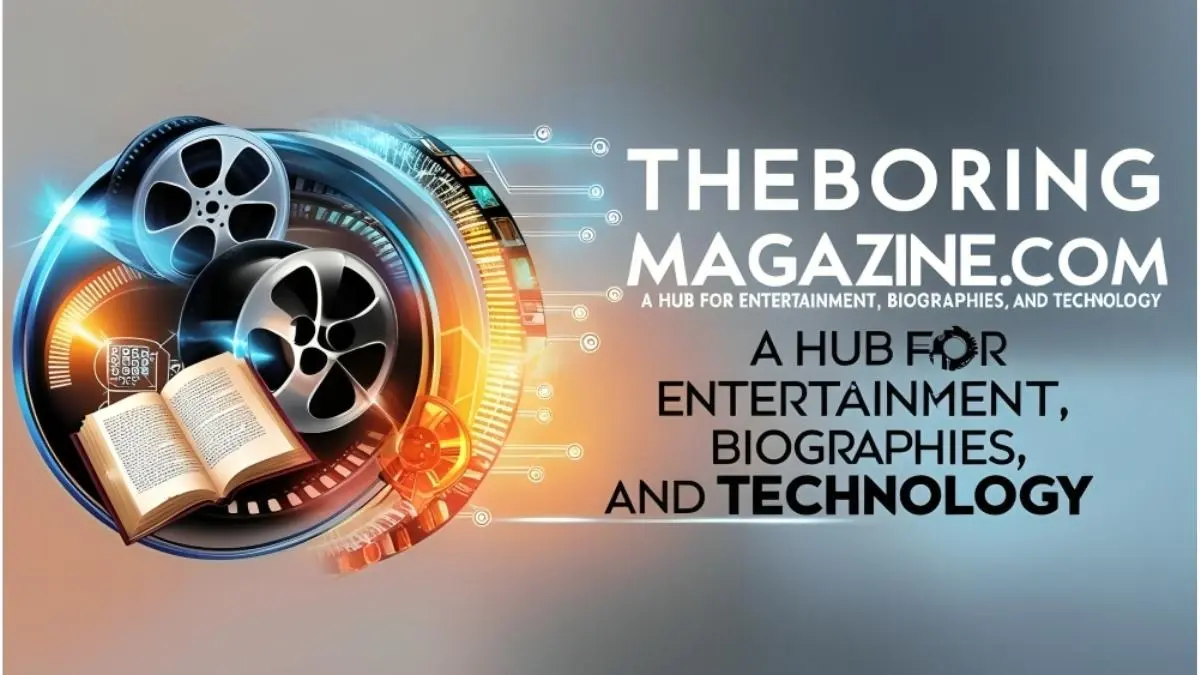In today’s digital age, finding credible information can feel like navigating a maze. Between misinformation, opinion pieces, and biased content, distinguishing fact from fiction has become increasingly challenging. This has led to the rise of “Credible Corners”—trustworthy spaces on the internet and in various media channels dedicated to delivering reliable information, fostering transparency, and promoting well-informed discussions. Let’s explore the importance, formation, and future of these reliable information hubs.
What Defines a “Credible Corner”?
A “Credible Corner” is any platform or entity that maintains a reputation for reliability, accuracy, and accountability in its information dissemination. These corners vary from well-established news organizations to niche blogs, scientific journals, fact-checking websites, and social media accounts. A hallmark of these spaces is their commitment to truth and transparency, often backed by rigorous editorial standards and ethical guidelines that help ensure they serve as trustworthy sources.
Key characteristics include:
- Transparency in Sourcing: Credible sources disclose where they obtain their information, allowing readers to trace the accuracy of the information presented.
- Rigorous Fact-Checking: Credible platforms utilize fact-checking practices to verify all claims and present balanced information.
- Clear Attribution: Credible sources attribute information to experts or reliable studies, ensuring clarity about the origin of data and statements.
- Correction Policies: They also have policies to correct errors publicly when mistakes occur, promoting accountability.
The Role of Credible Corners in Combatting Misinformation
With the rise of social media, misinformation can spread rapidly, leading to public confusion and even mistrust of reputable sources. “Credible Corners” combat this by dedicating themselves to the verification of facts, often clarifying widely circulated myths or misrepresented facts. Websites like Snopes, FactCheck.org, and media literacy platforms like Media Bias/Fact Check exist to sift through viral claims, presenting their findings with cited sources to maintain transparency.
Credible Corners act as a beacon for truth, guiding audiences through potentially misleading or sensational information. They also play a significant role in educating the public about how to assess information critically and encouraging a culture of questioning rather than accepting at face value.
Prominent Examples of Credible Corners
While there are countless sources that strive for credibility, certain platforms have emerged as leaders in reliable information dissemination. Examples include:
- News Outlets: Publications like The New York Times, BBC, and Reuters have historically established credibility through adherence to journalistic standards and are often cited as reliable information hubs.
- Scientific Journals: Publications like Nature and The Lancet uphold high standards in peer-reviewed research, ensuring that only scientifically sound studies make it to print.
- Independent Fact-Checkers: Websites like PolitiFact and FactCheck.org are dedicated solely to fact-checking statements made by public figures, debunking misinformation, and maintaining political neutrality.
Additionally, several smaller, independent blogs and online communities are rising stars as credible corners, offering specific insights and expertise on niche topics like science, history, and economics.
Building Your Own Credible Corner
Establishing a credible platform requires dedication to accuracy and transparency, and it begins with defining and adhering to a strict code of ethics. Credible Corners often consider the following strategies:
- Prioritize Research: In-depth research should precede every published piece, ensuring information is not only current but also accurate.
- Engage Experts: Consulting experts in relevant fields enhances credibility and adds depth to the content.
- Promote Transparency: Openly share methods, data sources, and any affiliations to provide readers with a clear understanding of where the information comes from.
- Adopt Feedback Mechanisms: Engage with readers to allow them to question and provide feedback, enhancing accountability.
- Implement a Correction Policy: When errors occur, they should be addressed publicly, maintaining the audience’s trust.
The Future of Credible Corners
With the rise of artificial intelligence, news aggregators, and even deepfake technology, the need for “Credible Corners” has never been more crucial. In the future, credible information hubs will likely emphasize AI-driven fact-checking technologies, community-sourced credibility scoring, and partnerships with tech platforms to combat fake news. Additionally, educational outreach is expected to grow, equipping audiences with the tools to critically evaluate content.
Conclusion
Credible Corners play an indispensable role in today’s information ecosystem. They’re pillars that uphold transparency, accountability, and accuracy in a world flooded with information. By supporting these platforms, educating ourselves, and encouraging others to seek out verified information, we contribute to a more informed society—one capable of making decisions based on truth rather than fiction.
FAQs
1. What is a “Credible Corner”?
A “Credible Corner” is a reliable, trustworthy information hub that adheres to high standards of accuracy, transparency, and accountability in information dissemination. It may include news outlets, fact-checking sites, scientific journals, or verified social media accounts known for providing well-researched and factual content.
2. How can I identify if a source is credible?
Credible sources often display the following traits:
- Clear citations and sources for claims
- Transparent correction policies
- Use of expert contributors and fact-checkers
- A history of reliable information without major scandals or controversies
- Neutral language and balanced perspectives
3. Why are Credible Corners important?
Credible Corners play a crucial role in providing trustworthy information, especially in an era where misinformation spreads quickly. They help readers make informed decisions by promoting truth, accuracy, and transparency.
4. What are some examples of Credible Corners?
Examples include traditional news outlets like Reuters and BBC, independent fact-checking sites like Snopes and PolitiFact, and scientific journals like Nature and The Lancet. Each of these platforms has built a reputation for reliability and factual integrity.
5. How do Credible Corners combat misinformation?
Credible Corners actively fact-check information, provide context to sensational claims, and clarify misleading or false statements. Many also educate readers on identifying misinformation and encourage critical thinking.
6. How can I create my own Credible Corner?
Building a credible platform involves setting ethical standards, prioritizing rigorous research, consulting experts, and maintaining transparency. Additionally, having a correction policy and fostering open engagement with your audience builds trust over time.
7. Are all news websites Credible Corners?
Not all news websites meet the standards of Credible Corners. Some platforms may prioritize entertainment or biased perspectives over factual accuracy. Always verify the site’s reputation, fact-checking practices, and transparency before trusting its content.
8. Is social media a reliable source for Credible Corners?
Some social media accounts run by reputable organizations or verified experts can serve as Credible Corners. However, many accounts may spread unverified information, so it’s essential to confirm sources and verify the credibility of content before accepting it as fact.
9. How can I fact-check information myself?
To fact-check, you can cross-reference claims with reliable sources, check fact-checking websites (like FactCheck.org), and consult expert perspectives. Learning to identify logical fallacies and misleading language can also be useful for assessing credibility.
10. What role will Credible Corners play in the future?
As information technology advances, Credible Corners are expected to adopt AI-driven fact-checking tools, credibility scoring, and closer partnerships with tech platforms to combat fake news. Public education on media literacy will also be a significant focus.











